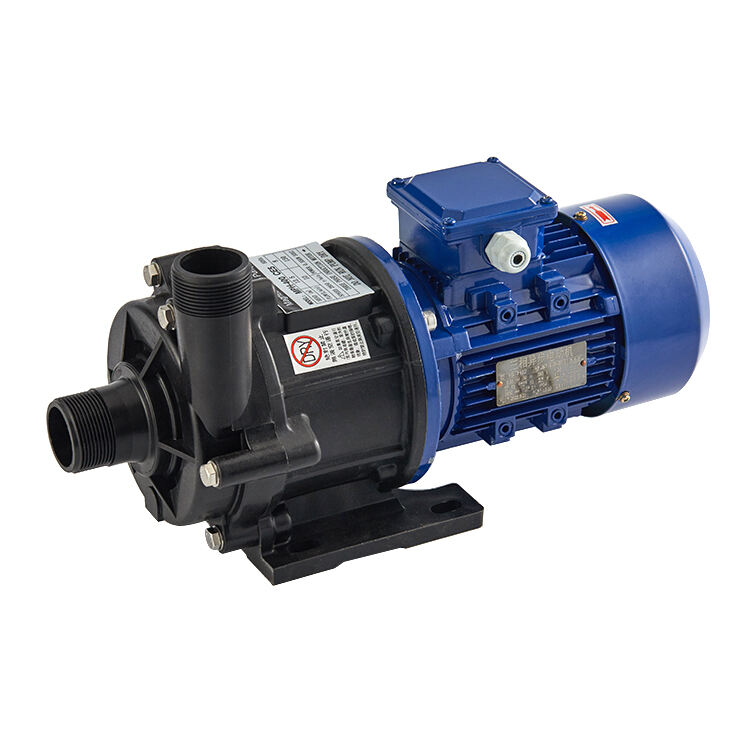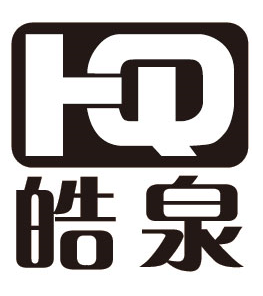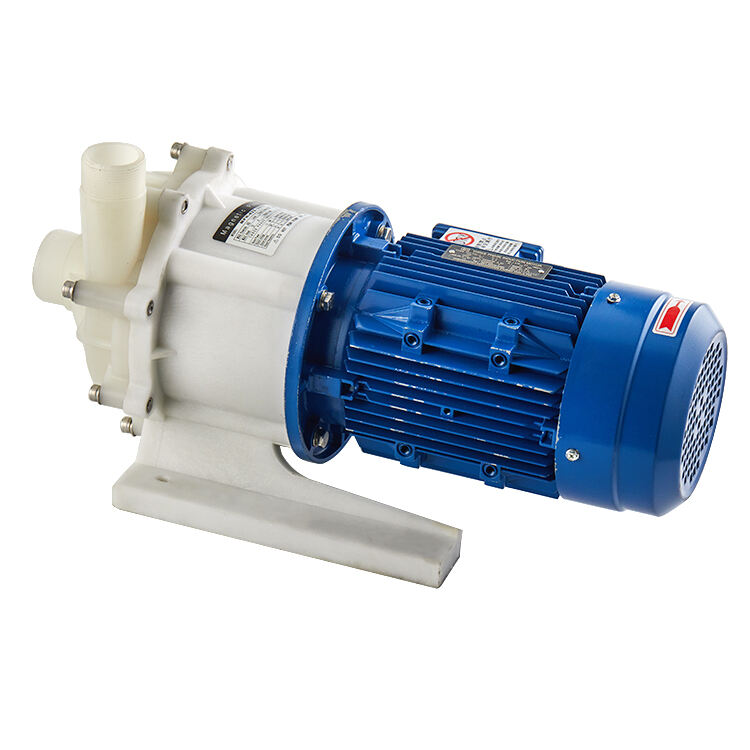Essential Guidelines for Magnetic Drive Pump Maintenance
Maintaining a magnetic pump system is crucial for ensuring optimal performance and longevity in industrial operations. These sophisticated devices, which utilize magnetic coupling to transfer fluid without shaft seals, require specific care and attention to operate at peak efficiency. Understanding proper maintenance procedures not only extends equipment life but also prevents costly downtime and repairs.
A well-maintained magnetic pump system delivers consistent performance, reduces energy consumption, and maintains the integrity of your process fluid. By implementing systematic maintenance practices, facility managers can significantly reduce the risk of equipment failure and ensure smooth operations around the clock.
Preventive Maintenance Strategies
Daily Inspection Routines
Establishing a comprehensive daily inspection routine forms the foundation of effective magnetic pump maintenance. Operators should monitor operating temperatures, vibration levels, and flow rates to detect any deviations from normal parameters. Regular checks of the pump housing for signs of wear or unusual sounds can prevent minor issues from escalating into major problems.
Visual inspections should include examining the pump casing for any signs of leakage, checking alignment, and ensuring proper ventilation around the motor. These simple yet crucial observations can help identify potential issues before they impact system performance.
Monitoring System Parameters
Advanced magnetic pump systems often come equipped with monitoring devices that track critical operating parameters. Maintaining detailed records of pressure readings, flow rates, and power consumption helps establish baseline performance metrics. Any significant deviation from these baselines can indicate developing problems that require attention.
Regular monitoring should include checking the temperature of bearings, motor windings, and the pump casing. Excessive heat generation often signals friction problems or potential failure of internal components. Implementing a computerized maintenance management system can help track these parameters systematically.
Critical Components Care
Magnetic Coupling Maintenance
The magnetic coupling assembly is the heart of a magnetic pump system. Regular inspection of the coupling strength ensures optimal power transmission between the drive and driven magnets. Any degradation in magnetic force can lead to decreased efficiency and potential system failure.
Proper alignment of the magnetic coupling is essential for smooth operation. Misalignment can cause excessive wear on bearings and bushings, leading to premature failure. Professional calibration tools should be used periodically to verify and adjust coupling alignment as needed.
Bearing System Upkeep
Bearings play a crucial role in supporting the rotating assembly of a magnetic pump. Regular lubrication schedules must be maintained according to manufacturer specifications. The type and quantity of lubricant used can significantly impact bearing life and pump performance.
Bearing wear should be monitored through vibration analysis and temperature measurements. Unusual noises or excessive heat generation often indicate bearing problems that require immediate attention. Replacing bearings at recommended intervals prevents unexpected failures and extends pump life.

Performance Optimization Techniques
System Calibration Methods
Regular calibration of your magnetic pump system ensures optimal performance and efficiency. This includes adjusting flow rates, pressure settings, and speed controls to match process requirements. Proper calibration helps prevent overworking the pump and reduces energy consumption.
Advanced diagnostic tools can help identify performance inefficiencies and optimize operating parameters. Regular performance testing allows operators to maintain peak efficiency and identify potential issues before they affect production.
Energy Efficiency Measures
Implementing energy-efficient practices in magnetic pump operation can significantly reduce operating costs. This includes selecting the appropriate pump size for the application, optimizing speed controls, and maintaining proper system pressure. Regular efficiency audits help identify opportunities for improvement and energy savings.
Modern magnetic pump systems often include variable frequency drives that can be adjusted to match process demands. Proper setup and maintenance of these controls ensure optimal energy usage while maintaining required flow rates and pressure levels.
Common Troubleshooting Procedures
Identifying Performance Issues
Understanding common performance issues helps operators quickly diagnose and resolve problems. Signs of trouble may include unusual noise, reduced flow rates, excessive vibration, or increased power consumption. Developing a systematic approach to troubleshooting helps maintain consistent operation.
Regular performance testing and monitoring help establish normal operating parameters. When deviations occur, having documented troubleshooting procedures enables quick identification and resolution of issues, minimizing downtime and maintenance costs.
Emergency Response Protocols
Establishing clear emergency response procedures ensures quick and effective action when problems arise. This includes having spare parts readily available, maintaining contact information for technical support, and training operators in basic troubleshooting techniques.
Creating detailed documentation of emergency procedures helps maintain consistent response protocols across different shifts and operators. Regular training sessions ensure all personnel are familiar with emergency procedures and can respond effectively to various situations.
Frequently Asked Questions
How often should magnetic pump systems be inspected?
Daily visual inspections are recommended, with more comprehensive maintenance checks performed monthly. Professional inspections should be scheduled quarterly or semi-annually, depending on operating conditions and manufacturer recommendations.
What are the signs of magnetic coupling wear?
Common indicators include increased vibration, reduced performance, unusual noises, and higher power consumption. Regular monitoring of operating parameters helps detect coupling wear before failure occurs.
How can I maximize the lifespan of my magnetic pump?
Implement regular maintenance schedules, ensure proper installation and alignment, maintain clean operating conditions, and follow manufacturer guidelines for operation and maintenance. Regular monitoring and prompt attention to any issues will help extend equipment life significantly.
What safety precautions should be taken during maintenance?
Always follow lockout/tagout procedures, wear appropriate personal protective equipment, ensure proper ventilation, and consult maintenance manuals before beginning work. Never attempt maintenance while the system is operating or energized.

